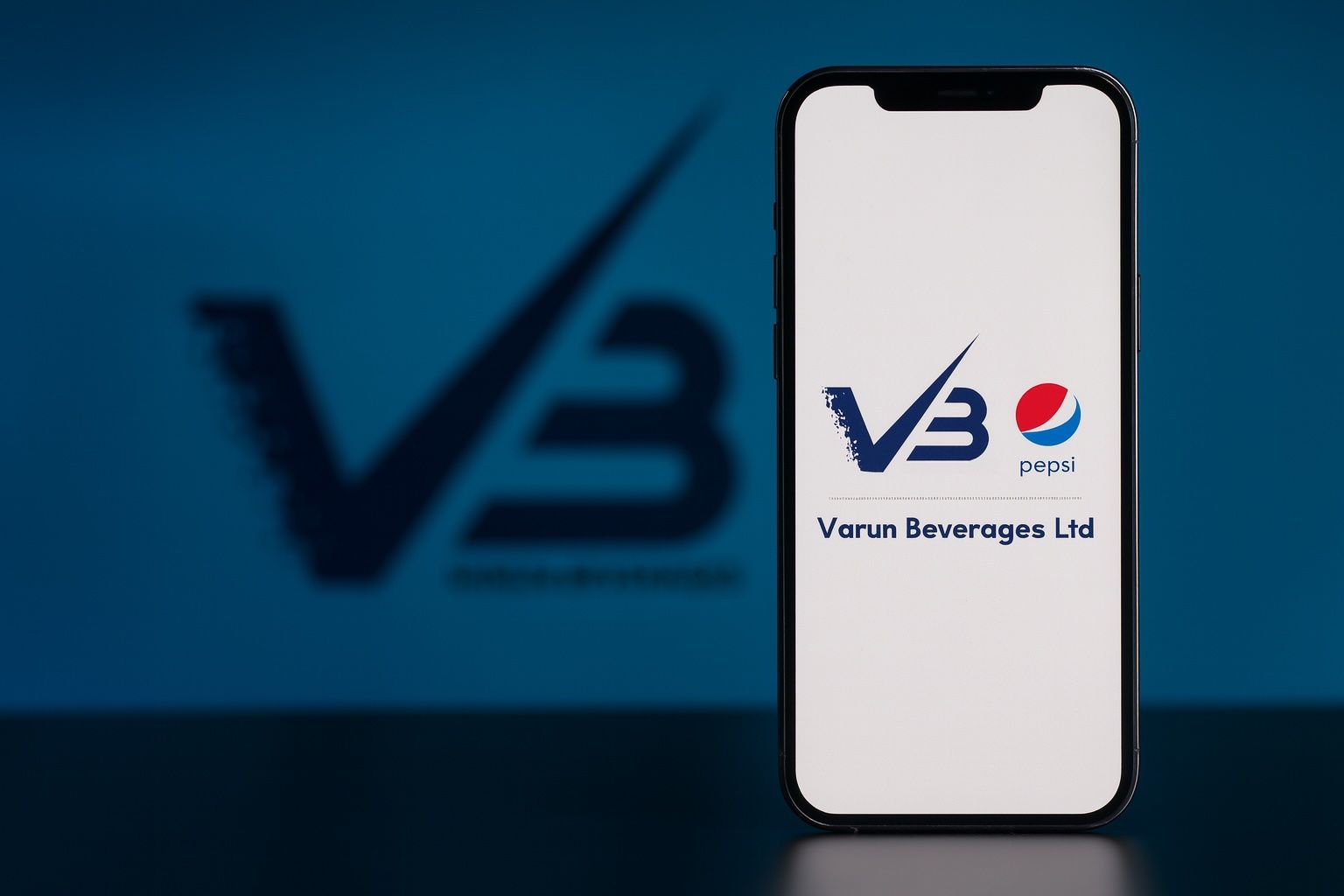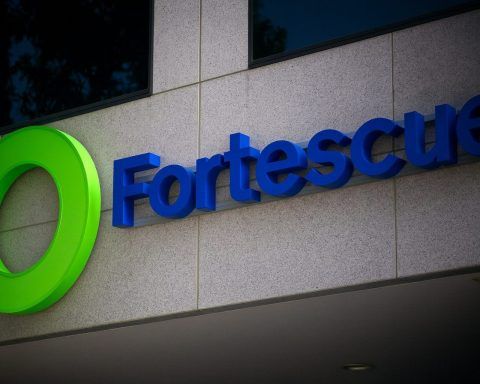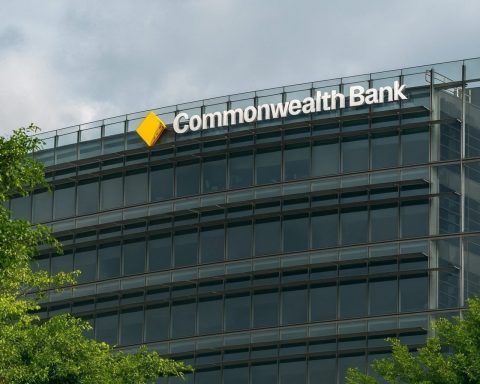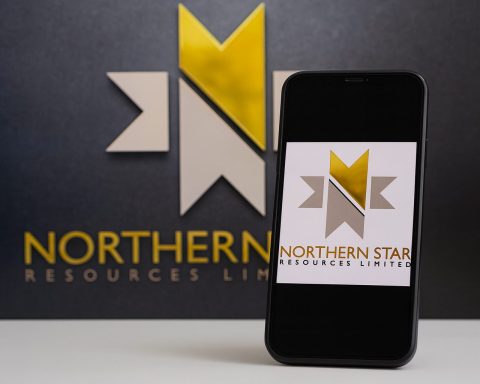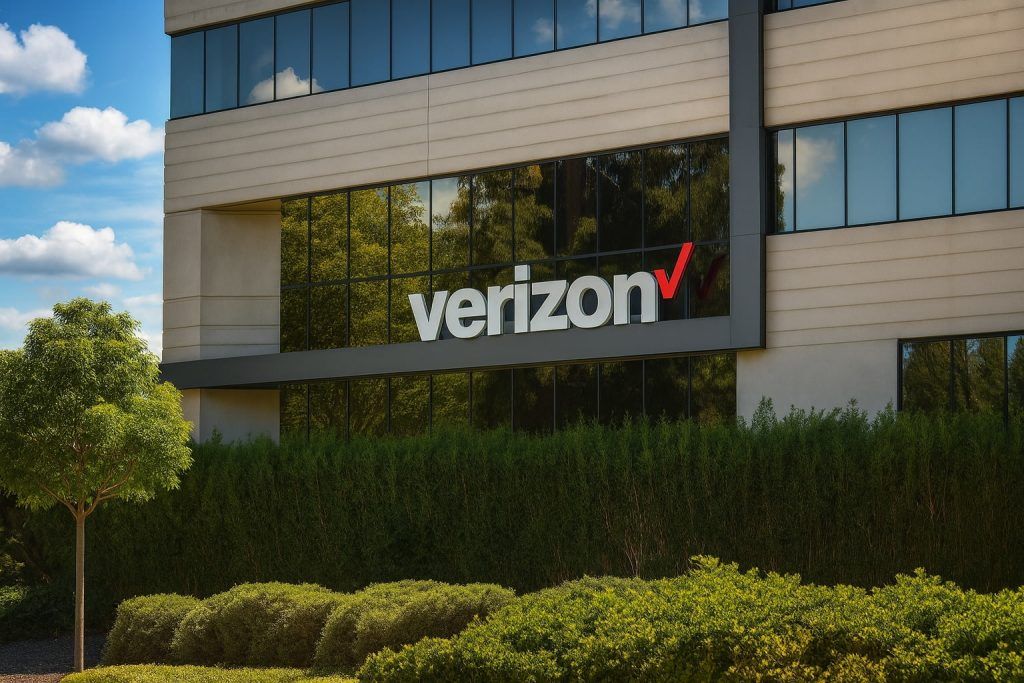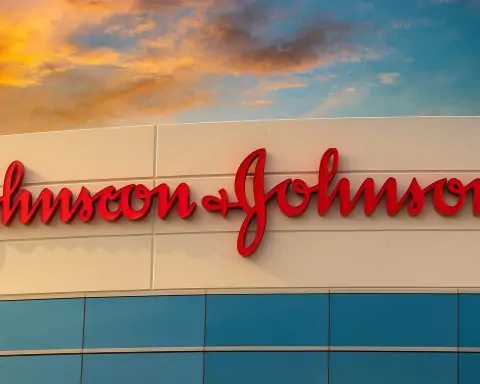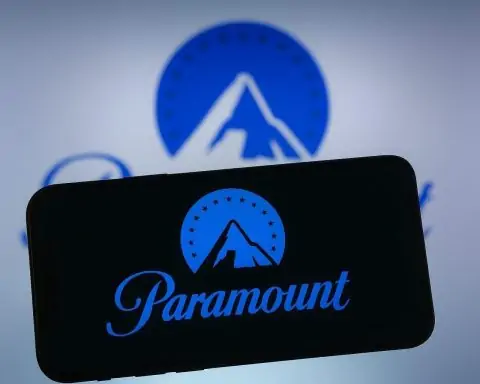- Diversification into alcohol: Varun Beverages Ltd (VBL) – PepsiCo’s largest bottler in India – is foraying into alcoholic drinks, adding beer, wine and spirits to its portfolio. The board approved amending the company’s charter to include an alcoholic beverage business [1]. VBL cited the “growing popularity” of ready-to-drink and alcoholic beverages as a key expansion opportunity [2]. It has inked an exclusive distribution tie-up with Carlsberg to test-market Carlsberg beer in select African countries [3].
- Africa expansion & new ventures: As part of its global push, VBL will set up a wholly-owned subsidiary in Kenya to manufacture and sell beverages, building on its presence in African markets like Zimbabwe, Zambia and Morocco [4]. Back home, it announced a joint venture with Everest International (White Peak Refrigeration) to produce beverage coolers and other refrigeration equipment – bolstering its cold-chain infrastructure for retail outlets [5].
- Q3 earnings mixed: July–Sept (Q3 2025) revenue rose just ~2% year-on-year to ₹4,897 crore, as Indian sales were flat due to a prolonged monsoon and soda price wars [6]. However, net profit jumped ~19% to ₹741 crore on cost efficiencies and lower finance costs [7]. EBITDA was essentially flat (₹1,147 crore, down 0.3% YoY), with margins slightly slipping to 23.4% [8]. Sales volumes grew only 2.4% (domestic volumes stagnated, while international volumes rose 9%) [9], reflecting soft demand in the core soda business.
- Stock soars on news: VBL’s stock jumped 7–10% intraday on October 29 after the announcements and earnings, even hitting the 10% upper circuit as it reclaimed the ₹500 level [10] [11]. Trading volumes spiked to ~4 times the 30-day average on the rally [12]. This marks a sharp rebound for a stock that had lost over 20% of its value in 2025 amid earnings headwinds and tax worries [13]. (Notably, just a week earlier on Oct 23, Varun Beverages shares had risen ~2% as part of a broader festive rally in FMCG stocks [14].)
- Analysts upbeat on outlook: Market experts largely welcome VBL’s diversification. HSBC sees Varun as a “long-term investment opportunity” leveraging its “strong fundamentals, strategic partnerships, and market expansion,” and recently raised its price target to ₹640 [15]. Overall, consensus analyst 12-month targets average ~₹600, implying ~30–35% upside from current levels [16]. Many brokerages maintain “Buy” ratings, expecting volume growth to improve with new categories and the post-monsoon pickup in demand. However, some advise monitoring execution in the alcohol segment and competitive pressure from rivals like Reliance’s Campa Cola, which sparked intense pricing wars in soft drinks [17].
Varun Beverages’ Big Pivot: From Colas to Carlsberg
After decades of selling PepsiCo sodas and bottled water, Varun Beverages is making a bold pivot into booze. The company’s board on Wednesday approved adding alcoholic drinks to its business scope, a strategic move to diversify beyond soft drinks. “In response to the growing popularity of Ready To Drink (RTD) and [a] variety of alcoholic beverages, VBL sees an opportunity for expansion into [this] business… including beer, wine, liquor, brandy, whisky, gin, rum, [and] vodka in India & abroad,” the company said in a statement [18]. In other words, the Pepsi bottler will now also be an alcoholic beverages company, eyeing a piece of the high-growth beer, cider and spirits market.
As a first step, Varun Beverages has partnered with Danish brewing giant Carlsberg. VBL signed an exclusive distribution agreement with Carlsberg Breweries A/S to launch Carlsberg beer in select African markets [19]. Under this pact, VBL’s African subsidiaries will test-market Carlsberg’s flagship lager across their territories [20]. This is a significant development – it gives Varun an immediate entry into the beer segment via a well-known global brand. The company indicated that the tie-up aligns with shifting consumer demand and provides “a key opportunity to diversify its portfolio beyond soft drinks” by adding alcoholic beverages both abroad and eventually in India [21].
Why alcohol, and why now? One reason is the slowdown in soda sales and rising competition at home. Varun Beverages has faced headwinds in its core cola business recently – Reliance Industries’ revival of the Campa Cola brand has triggered a price war in India’s soft drink market, pressuring volumes and margins [22]. In the quarter gone by, VBL’s India sales were nearly flat, and total volume growth was a tepid 2.4% [23]. The company is clearly looking to new categories for growth. And the alcoholic beverages sector offers a tempting opportunity: the Indian alcohol market is growing at 8–10% annually, on track to reach ₹5.3 lakh crore (approx. $64 billion) this fiscal, with a 13% CAGR over the past three years [24]. A Crisil report projects India’s alcohol market could hit $300 billion by 2035 [25]. By entering beer and spirits, Varun can tap into this booming segment and leverage its distribution might in a new domain.
VBL’s initial focus is overseas. The company will leverage its African footprint – where it already bottles PepsiCo drinks in countries like Morocco, Zambia, Zimbabwe and more – to pilot its alcohol venture. It is incorporating a new wholly owned subsidiary in Kenya to handle beverage manufacturing and distribution in East Africa [26]. “This move marks VBL’s continued focus on strengthening its presence in African markets,” the company noted, pointing out it already operates in several African countries [27]. The Kenya unit could potentially brew or import Carlsberg beer and other alcoholic beverages for regional markets. By testing the waters in Africa first, VBL can gain experience in alcoholic drinks without immediately clashing with entrenched beer rivals in India.
New Refrigeration JV to Boost Cold-Chain Reach
Varun Beverages isn’t just expanding its drink menu – it’s also investing in the infrastructure needed to support both its traditional and new products. Alongside the alcohol foray, VBL announced a joint venture in India to manufacture refrigeration equipment. The company has partnered with UAE-based Everest International Holdingsto form White Peak Refrigeration Pvt Ltd, a 60:40 JV (Varun holding the majority stake) [28]. This venture will produce visi-coolers, chillers and other commercial refrigeration units used in retail outlets for cold beverages [29].
The move is strategic: owning cooler manufacturing capacity can strengthen Varun’s supply chain and reduce costs for the coolers it provides to shops and restaurants stocking its drinks. It “supports the company’s growing cold chain and retail network,” VBL said [30]. In essence, as Varun rolls out more beverages – whether Pepsi or Carlsberg – it wants to ensure they’re served chilled. The JV also opens an adjacent revenue stream (selling refrigeration gear) that complements the core beverage business.
Investors see the refrigeration foray as a sign of management’s confidence in growth. The Economic Times noted that VBL’s expansion into beer and cold-chain equipment underscores its strong growth trajectory and has been taken as a positive signal by the market [31]. These initiatives require capital and execution, but also promise diversification of income.
Earnings Snapshot: Profit Pops Even as Revenue Fizzes Out
Coinciding with the expansion news, Varun Beverages released its Q3 2025 earnings (for the July–September quarter), which were a mixed bag. Top-line growth was modest – consolidated revenue from operations rose about 1.9–2% YoY to ~₹4,897 crore [32] [33]. Volume growth was similarly low at 2.4%, as unseasonal rains dampened soda sales in India [34]. The company even saw slightly lower net realizations per case (₹178.8 vs ₹179.6 last year) due to a higher mix of low-priced packaged water in the sales mix [35]. Put simply, the core business barely grew in Q3.
However, profitability showed a much better picture. VBL’s consolidated net profit jumped ~18–19% year-on-year to around ₹740–745 crore [36] [37], beating street estimates. The bottom-line boost came mainly from cost efficiencies and finance gains. Operating profit was flat – EBITDA came in at ₹1,147 crore, essentially unchanged (-0.3% YoY) [38], and EBITDA margin slipped slightly to 23.4% from 24.0% a year ago [39] as higher in-house production costs offset lower raw material prices. But the company benefited from lower interest costs and some forex gains, which lifted net profit [40] [41]. Gross margins actually improved by about 1.2 percentage points to 56.7%, thanks to cost-cutting and a bigger contribution of water (which carries lower taxes) in its international business [42].
Management highlighted that international markets were a bright spot – overseas sales volumes grew 9% in Q3, buoyed by a strong performance in South Africa [43]. Meanwhile, Indian demand was soft: domestic volume was flat as heavy monsoons curtailed summer consumption, and fierce competition (Campa Cola’s aggressive pricing) limited growth [44]. VBL’s flagship carbonated soft drinks still contributed 74% of its sales in the quarter, with 22% from packaged water and 4% from juices/other drinks [45]. The reliance on colas for three-fourths of revenue shows why the company is keen to diversify product-wise and geographically.
Overall, the Q3 results show a company in transition: underlying sales are sluggish in the core business, but Varun managed to protect profits through efficiency. Crucially, the new strategic ventures (beer, etc.) could provide fresh growth vectors going forward. “Third-quarter volumes were stable… [and] the introduction of new beverage categories are likely to push growth in the coming quarters,” noted one brokerage’s analysis of Varun’s outlook [46]. In other words, the worst of the slowdown may be temporary, and new products plus the festive season uptick could reaccelerate growth.
Market Reacts: Stock Rebounds Sharply, Analysts See More Upside
News of Varun Beverages’ alcohol foray and steady profits sent investors into a buying frenzy. On Wednesday (Oct 29), VBL’s stock surged on the Bombay Stock Exchange, even hitting a 10% upper circuit at one point [47]. The share price jumped from around ₹454 to ₹500+, marking a 10.3% intraday gain to ₹500.8 – the first time it crossed the ₹500 mark in 36 trading sessions [48] [49]. On the NSE, the stock closed up about 7.5% at ₹491per share, vastly outperforming the Nifty 50 index (which rose just 0.5%) [50]. Trading was heavy: turnover hit ₹870 crore for the day, with volumes about 4x the 30-day average [51]. Clearly, investors cheered the twin announcements and the earnings beat.
This rally has been a much-needed boost for Varun’s shareholders. The stock had “lost its fizz” in 2025, declining roughly 20–25% year-to-date amid concerns over higher taxes (a proposed GST reclassification of sugary drinks as “sin goods”) and margin pressures [52] [53]. It fell from an all-time high of ₹663 in January to as low as ₹419 by March [54]. Even after the recent rebound, VBL remains about 18–20% below its year-ago level [55]. In other words, a lot of pessimism had been priced in, and the new initiatives helped spark a re-rating of the stock.
Importantly, market analysts are turning optimistic that Varun’s fortunes are on the mend. The stock has been a long-term winner – delivering over 600% returns in the past five years [56] – and many believe the current pullback is an opportunity. Brokerages have lofty targets: According to consensus of 24 analysts compiled by ET, Varun Beverages’ average 12-month price target is ~₹602, which suggests ~36% upside from the mid-₹440s levels seen in early October [57]. Even after the latest jump to ~₹500, that target implies ~20% further upside. The consensus rating on the stock is a “Strong Buy” [58].
Several analysts specifically applaud the company’s strategic moves. “VBL is a long-term investment opportunity,” wrote HSBC Global Research as it pegged a ₹640 target (about 44% above the recent market price) [59]. HSBC’s note highlighted Varun’s “strong fundamentals, strategic partnerships, and market expansion” as key drivers for future growth [60] – effectively endorsing the Carlsberg alliance and African expansion. Another brokerage, as reported by Business Today, values VBL at 49 times forward earnings and set a more conservative ₹588 target (~20% upside), but similarly expects new categories and rural penetration to boost growth ahead [61]. Technical analysts are constructive too: prior to the breakout, independent analyst A.R. Ramachandran observed that a sustained move above ₹481 could “lead to a target of ₹530 in the near term” [62] – a level now within sight after Wednesday’s rally.
Of course, execution will be key. Entering the alcohol business brings both opportunities and risks for Varun. The company will face new competitors (from AB InBev and Heineken in beer to Diageo in spirits) and will need to navigate regulatory hurdles in different markets. Its partnership with Carlsberg and existing distribution muscle should help, but ramping up a profitable alcohol division could take time. Moreover, the core soda business still faces challenges – the pricing war with Reliance’s Campa Cola may continue to weigh on margins in India [63], and any tax hikes on sugary drinks could hurt demand. Investors will be watching how Q4 shapes up, especially with the key festive season (Diwali) sales and any early response to Carlsberg’s test launch in Africa.
For now, however, the market mood has clearly shifted. Varun Beverages has given shareholders something to cheer about after a lackluster year. The stock’s strong bounce and bullish analyst commentary suggest that many see this diversification as a turning point. If the company can successfully leverage its Pepsi playbook in the beer arena and capitalize on the rising thirst for premium beverages, VBL’s growth story may get fresh fizz. As one market expert summed up, Varun’s shares had been under pressure but “it has managed to restrict its fall… [Investors] waiting for a fresh trigger” [64] got exactly that this week. With a new brew in hand and refrigerators at the ready, Varun Beverages is gearing up for its next phase of growth – and the Street is taking notice.
Sources: The Economic Times [65] [66] [67] [68]; NDTV Profit [69] [70] [71] [72]; Business Today [73] [74]; ETMarkets/Trendlyne [75]; ts2.tech [76].
References
1. www.ndtvprofit.com, 2. www.ndtvprofit.com, 3. economictimes.indiatimes.com, 4. economictimes.indiatimes.com, 5. economictimes.indiatimes.com, 6. www.ndtvprofit.com, 7. www.ndtvprofit.com, 8. www.ndtvprofit.com, 9. www.ndtvprofit.com, 10. www.businesstoday.in, 11. www.ndtvprofit.com, 12. www.ndtvprofit.com, 13. www.ndtvprofit.com, 14. ts2.tech, 15. www.businesstoday.in, 16. economictimes.indiatimes.com, 17. www.ndtvprofit.com, 18. www.ndtvprofit.com, 19. economictimes.indiatimes.com, 20. economictimes.indiatimes.com, 21. economictimes.indiatimes.com, 22. www.ndtvprofit.com, 23. www.ndtvprofit.com, 24. www.ndtvprofit.com, 25. www.ndtvprofit.com, 26. economictimes.indiatimes.com, 27. economictimes.indiatimes.com, 28. economictimes.indiatimes.com, 29. economictimes.indiatimes.com, 30. economictimes.indiatimes.com, 31. economictimes.indiatimes.com, 32. www.ndtvprofit.com, 33. economictimes.indiatimes.com, 34. www.ndtvprofit.com, 35. economictimes.indiatimes.com, 36. www.ndtvprofit.com, 37. www.businesstoday.in, 38. www.ndtvprofit.com, 39. economictimes.indiatimes.com, 40. economictimes.indiatimes.com, 41. economictimes.indiatimes.com, 42. economictimes.indiatimes.com, 43. economictimes.indiatimes.com, 44. www.ndtvprofit.com, 45. economictimes.indiatimes.com, 46. www.businesstoday.in, 47. www.businesstoday.in, 48. www.businesstoday.in, 49. www.businesstoday.in, 50. www.ndtvprofit.com, 51. www.ndtvprofit.com, 52. www.ndtvprofit.com, 53. www.businesstoday.in, 54. www.businesstoday.in, 55. www.ndtvprofit.com, 56. www.businesstoday.in, 57. economictimes.indiatimes.com, 58. economictimes.indiatimes.com, 59. www.businesstoday.in, 60. www.businesstoday.in, 61. www.businesstoday.in, 62. www.businesstoday.in, 63. www.ndtvprofit.com, 64. www.businesstoday.in, 65. economictimes.indiatimes.com, 66. economictimes.indiatimes.com, 67. economictimes.indiatimes.com, 68. economictimes.indiatimes.com, 69. www.ndtvprofit.com, 70. www.ndtvprofit.com, 71. www.ndtvprofit.com, 72. www.ndtvprofit.com, 73. www.businesstoday.in, 74. www.businesstoday.in, 75. economictimes.indiatimes.com, 76. ts2.tech
